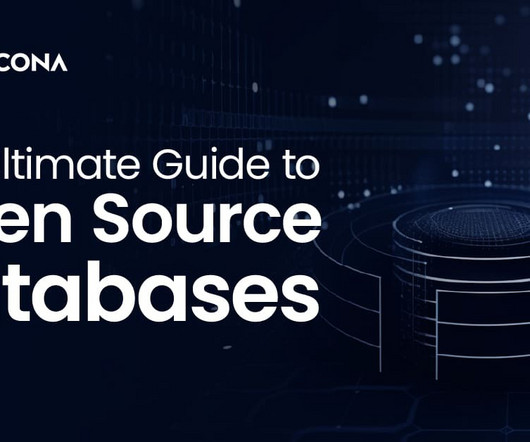Kubernetes in the wild report 2023
Dynatrace
JANUARY 16, 2023
The report also reveals the leading programming languages practitioners use for application workloads. The strongest Kubernetes growth areas are security, databases, and CI/CD technologies. are the top 3 programming languages for Kubernetes application workloads. Databases : Among databases, Redis is the most used at 60%.














Let's personalize your content